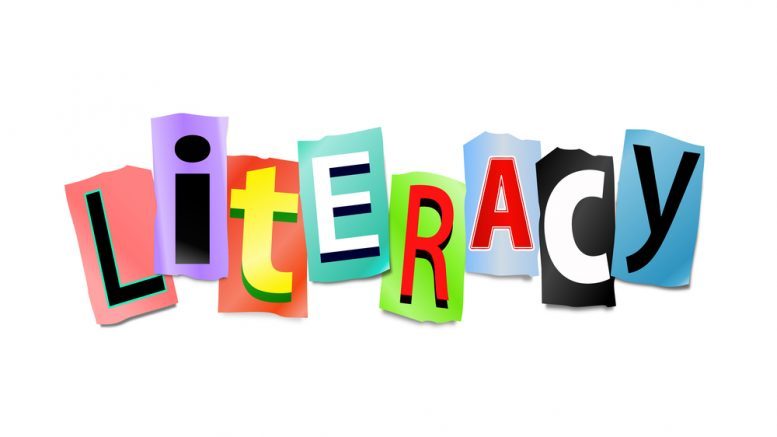Introduction
Technology has revolutionized every aspect of our lives, including education. In today’s digital age, technology plays a crucial role in transforming teaching and learning experiences in the classroom. In this blog, we’ll explore the various ways in which technology is reshaping education and enhancing student outcomes.
Enhanced Access to Information
One of the most significant benefits of technology in education is the enhanced access to information it provides. With the internet and digital resources at their fingertips, students can access a wealth of information and educational materials from anywhere at any time. This access to a vast repository of knowledge enables students to explore diverse perspectives, conduct research, and engage in self-directed learning, empowering them to become independent and lifelong learners.
Personalized Learning Experiences
Technology allows for personalized learning experiences tailored to the individual needs, interests, and learning styles of students. Adaptive learning platforms, intelligent tutoring systems, and educational apps use data analytics and artificial intelligence to assess students’ strengths and weaknesses, provide targeted instruction and feedback, and adapt content and pace to match each student’s learning pace and preferences. By catering to the unique needs of every student, technology helps optimize learning outcomes and promotes academic success.
Engaging and Interactive Instruction
Incorporating technology into the classroom makes learning more engaging, interactive, and dynamic. Interactive whiteboards, multimedia presentations, educational games, simulations, and virtual reality experiences captivate students’ attention, stimulate their curiosity, and deepen their understanding of complex concepts. By leveraging multimedia and interactive elements, teachers can create immersive learning experiences that inspire creativity, critical thinking, and collaboration among students.
Facilitating Collaboration and Communication
Technology facilitates collaboration and communication among students, teachers, and peers both inside and outside the classroom. Collaborative tools such as Google Workspace, Microsoft Teams, and virtual learning environments enable students to collaborate on projects, share ideas, and engage in meaningful discussions in real-time, regardless of geographical location. By promoting collaboration and communication skills, technology prepares students for success in a globally connected world.
Preparing Students for the Future
Incorporating technology into education equips students with the digital literacy skills and technological competencies they need to thrive in the 21st century workforce. As technology continues to advance rapidly, it is essential for students to develop proficiency in digital tools, information literacy, problem-solving, and critical thinking. By integrating technology into the curriculum, educators can ensure that students are well-prepared to navigate and succeed in an increasingly digital and interconnected world.
Conclusion
In conclusion, technology has the power to revolutionize education by enhancing access to information, personalizing learning experiences, engaging students in interactive instruction, facilitating collaboration and communication, and preparing students for the future. As we embrace the potential of technology in education, it is essential to leverage digital tools and resources effectively to create dynamic and enriching learning environments that empower students to succeed in the 21st century and beyond.





